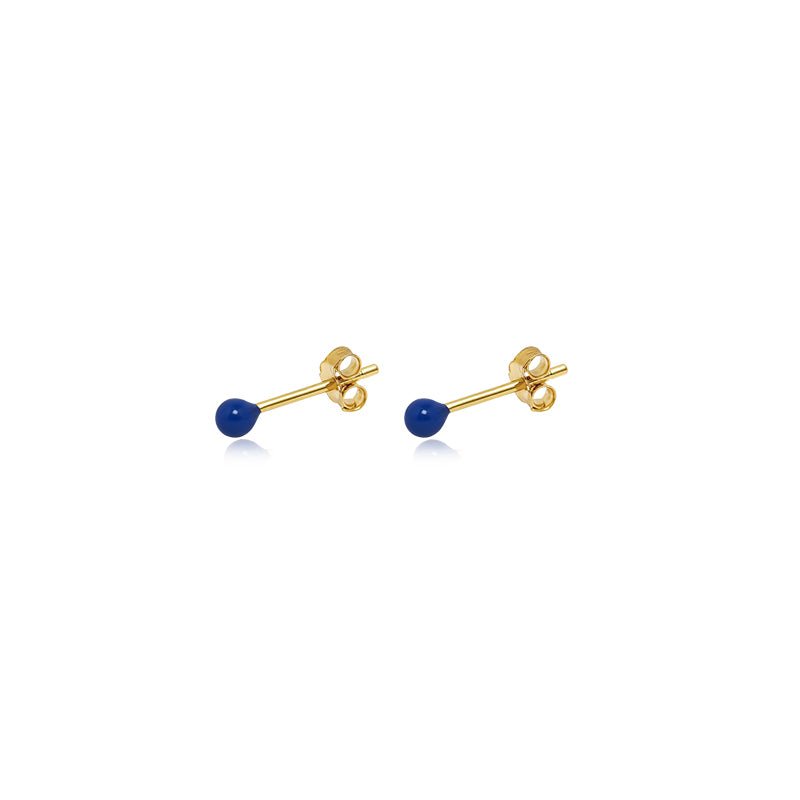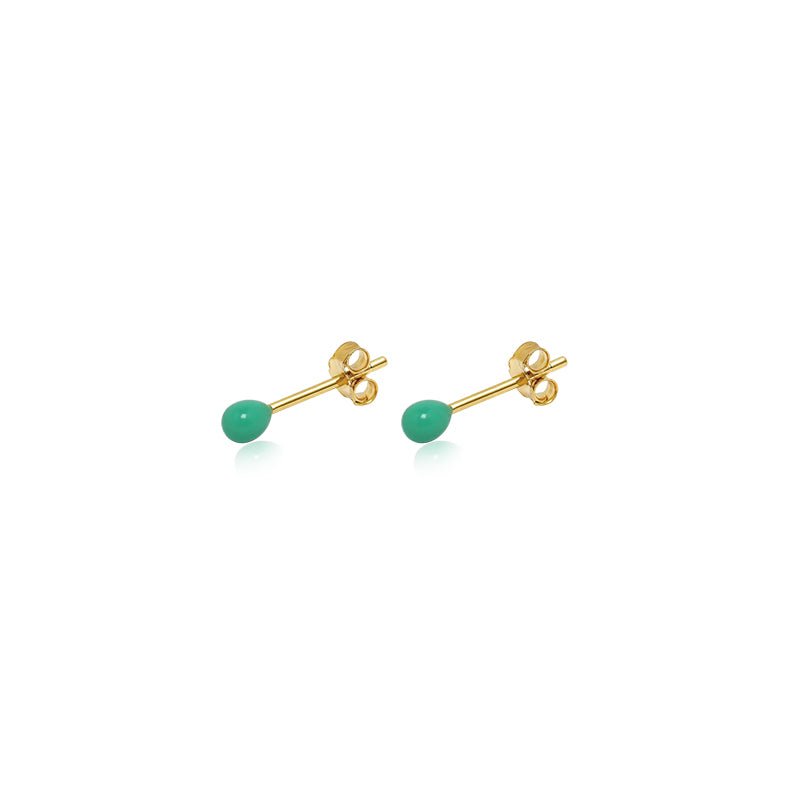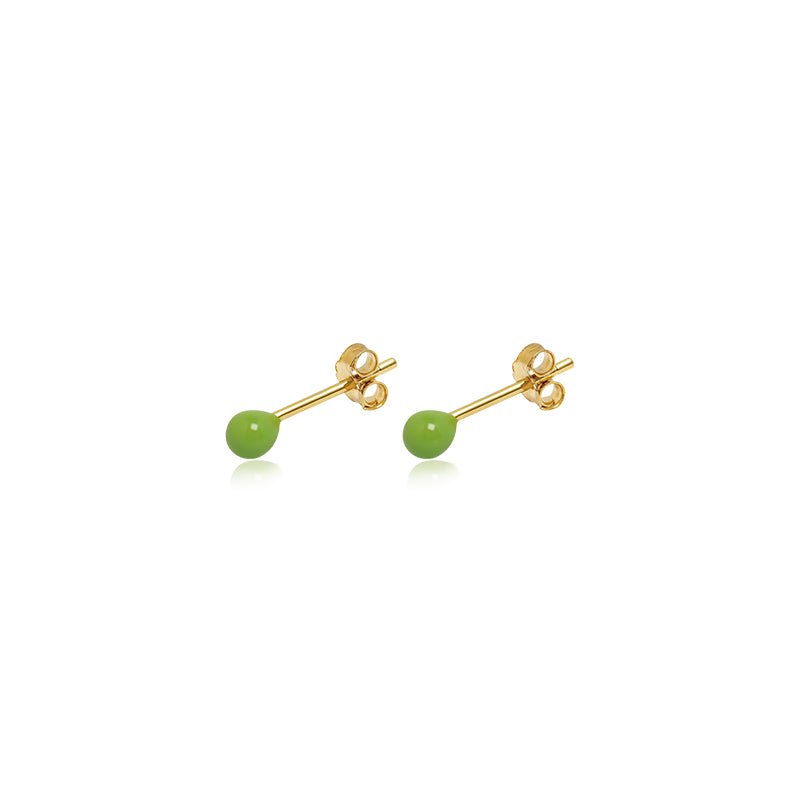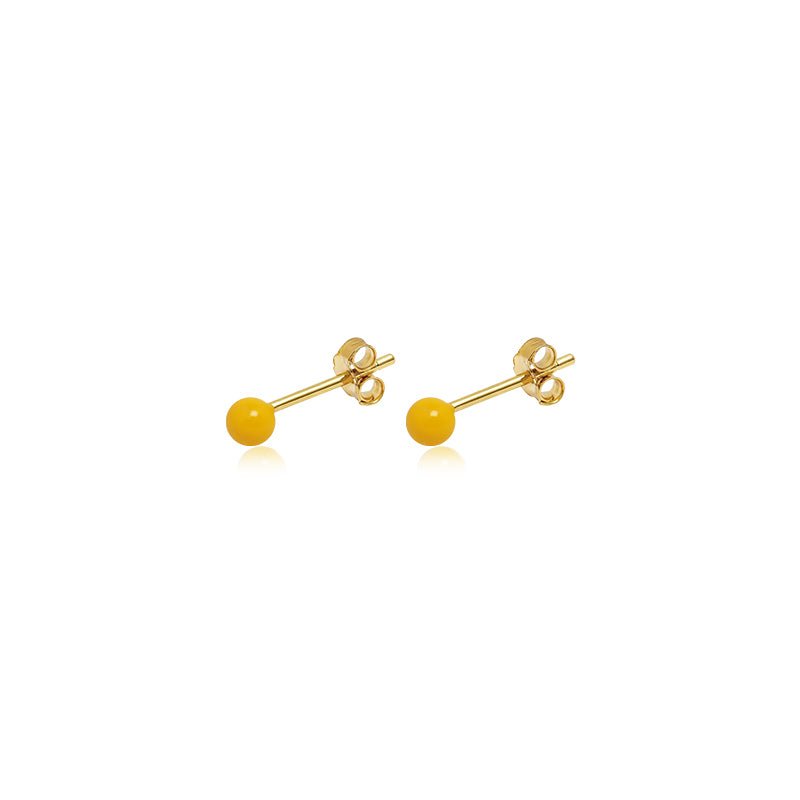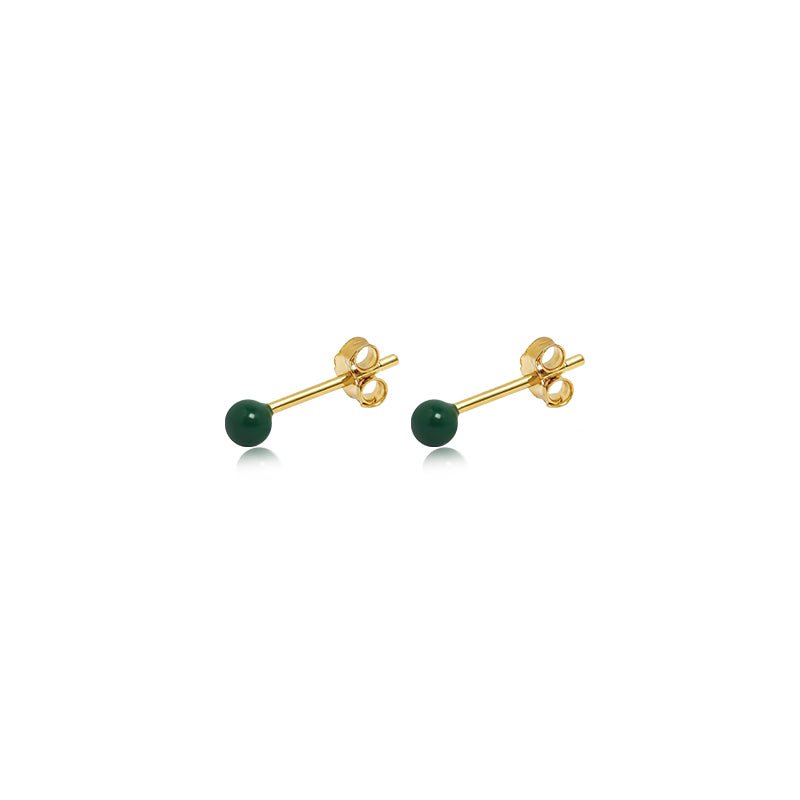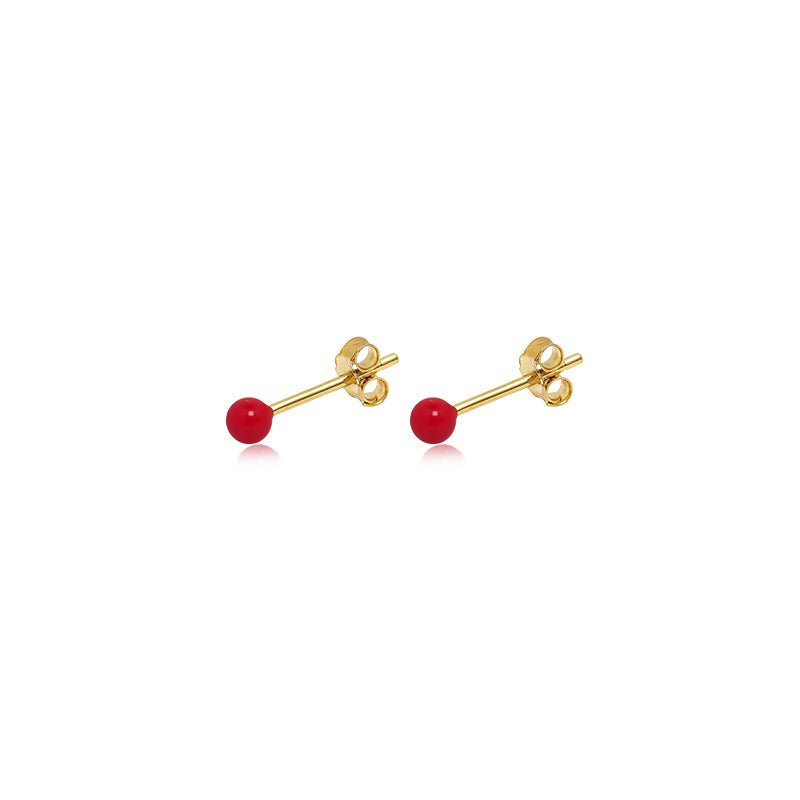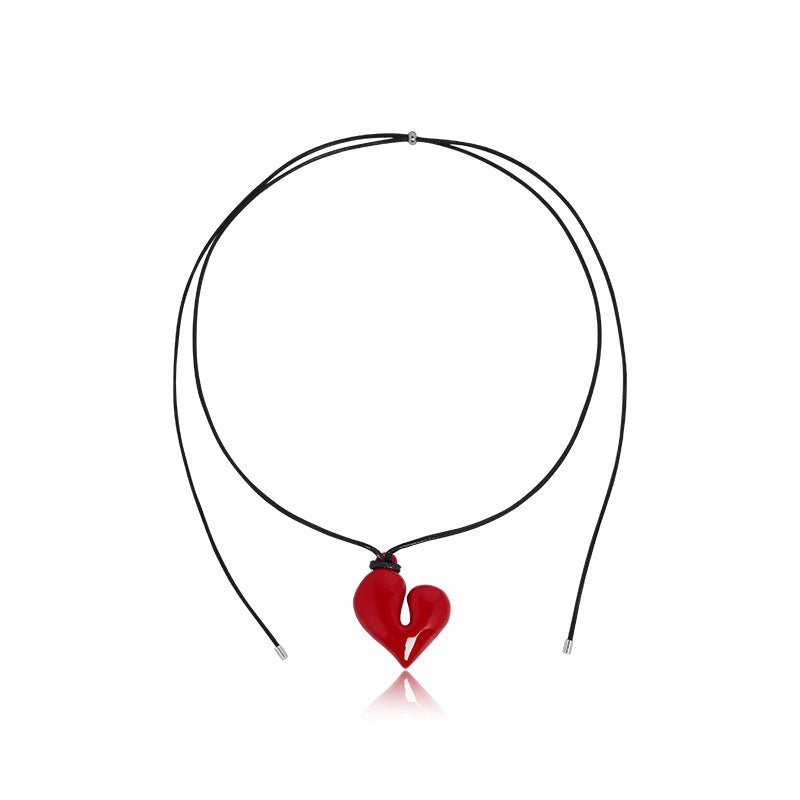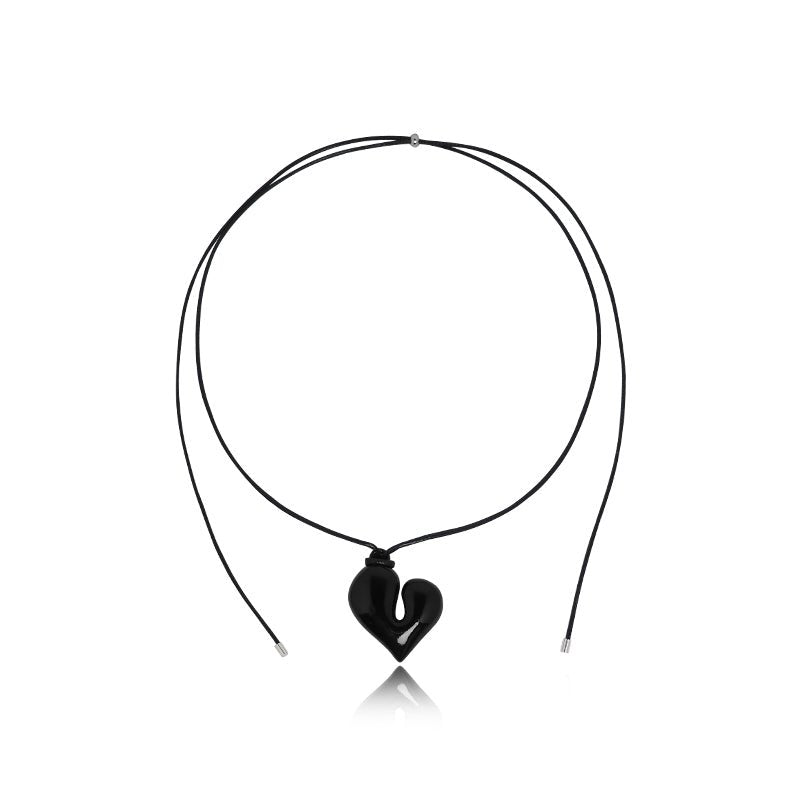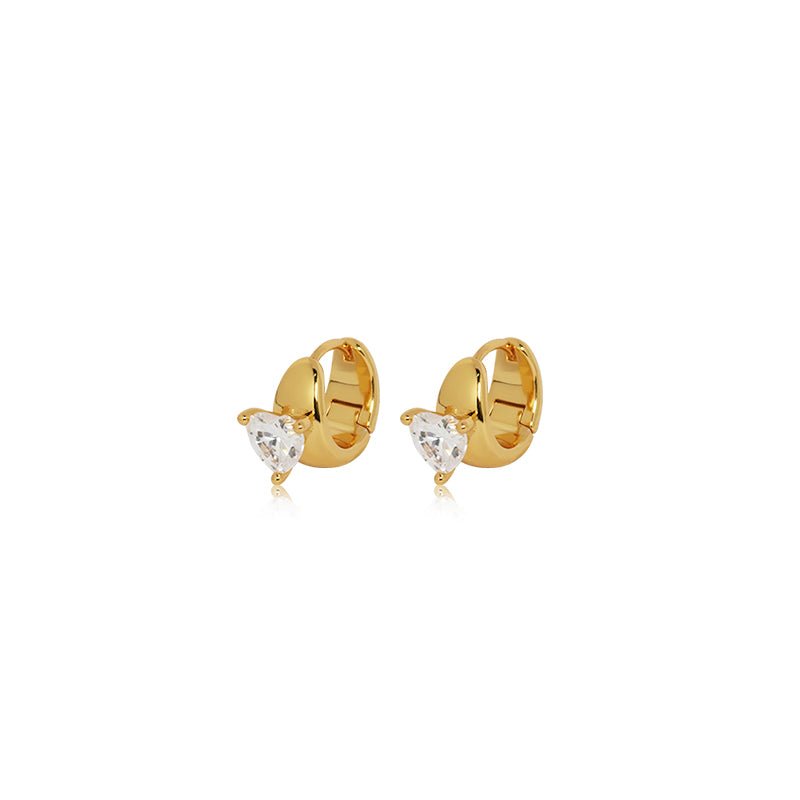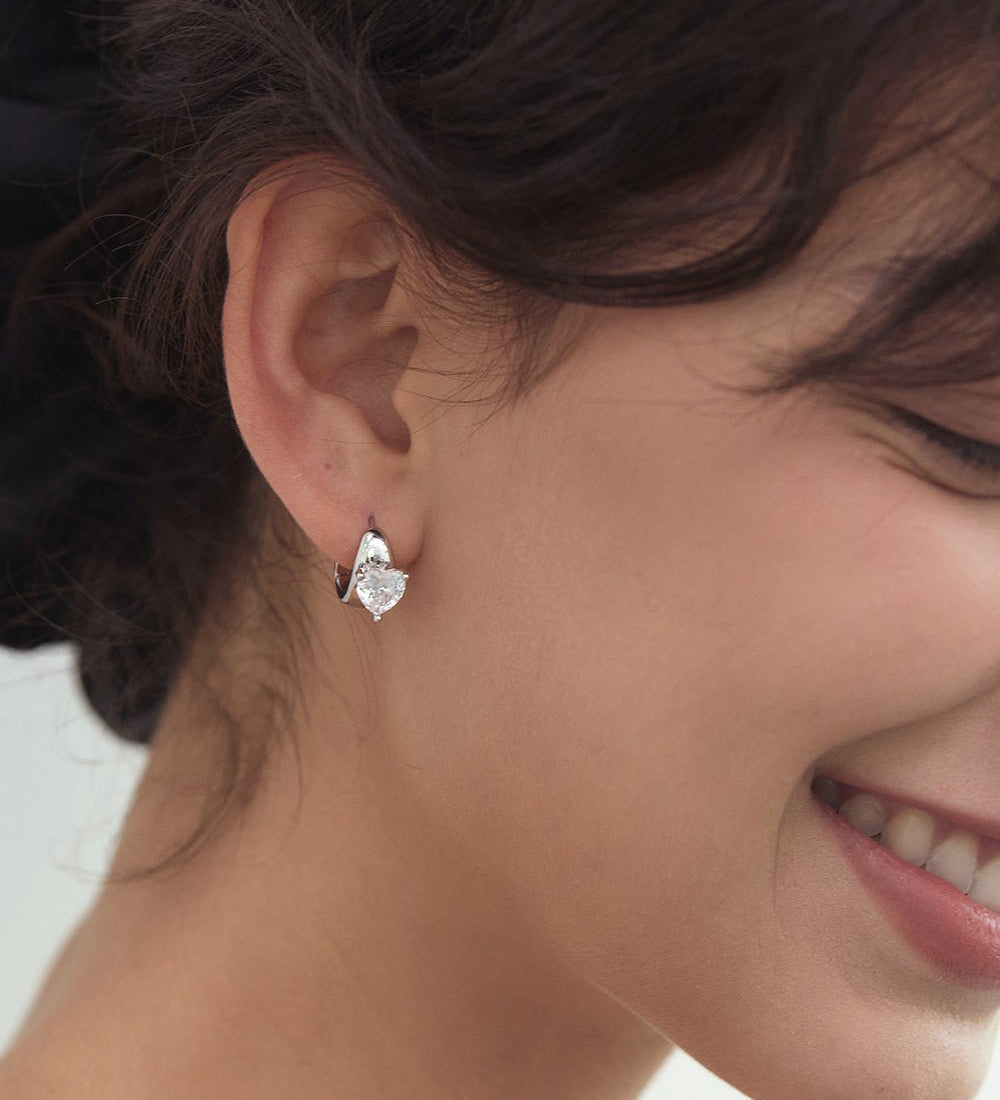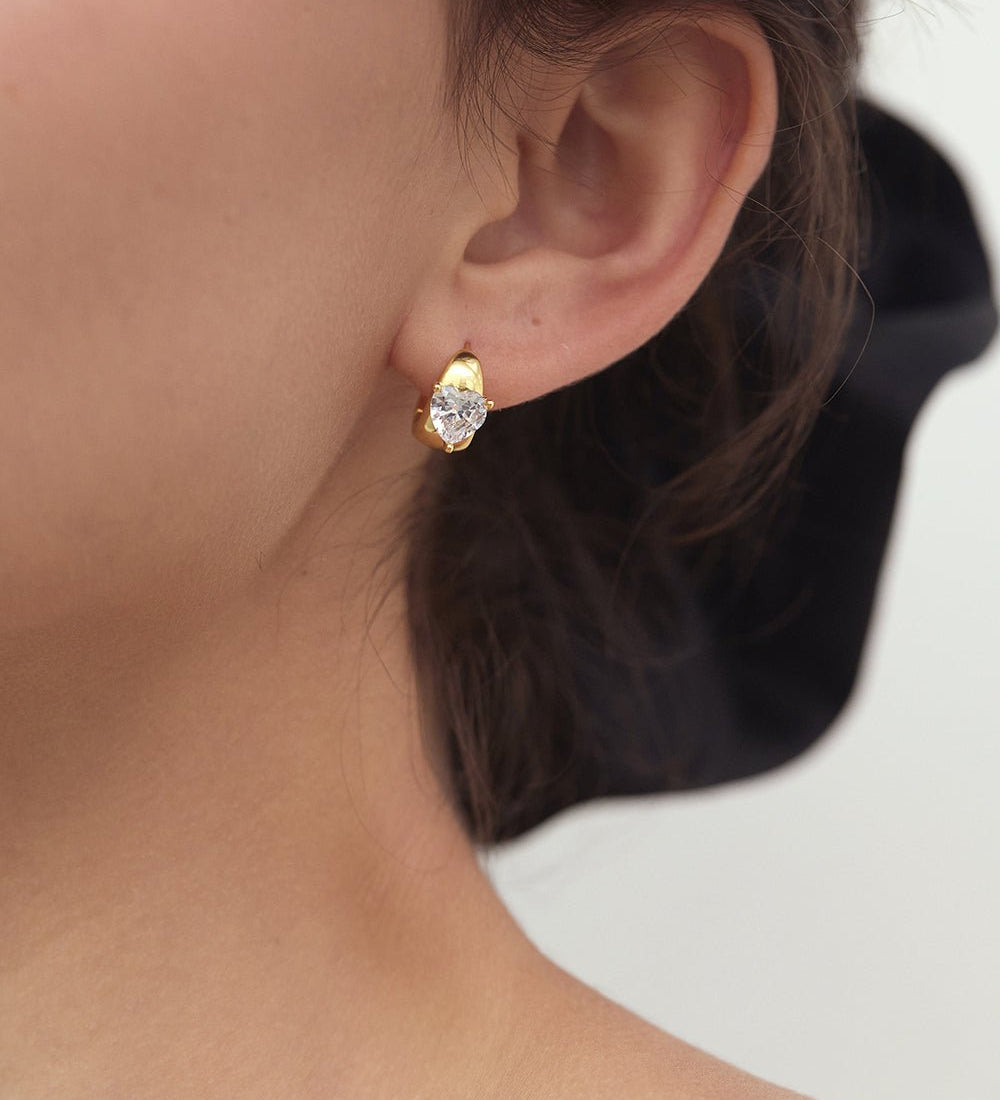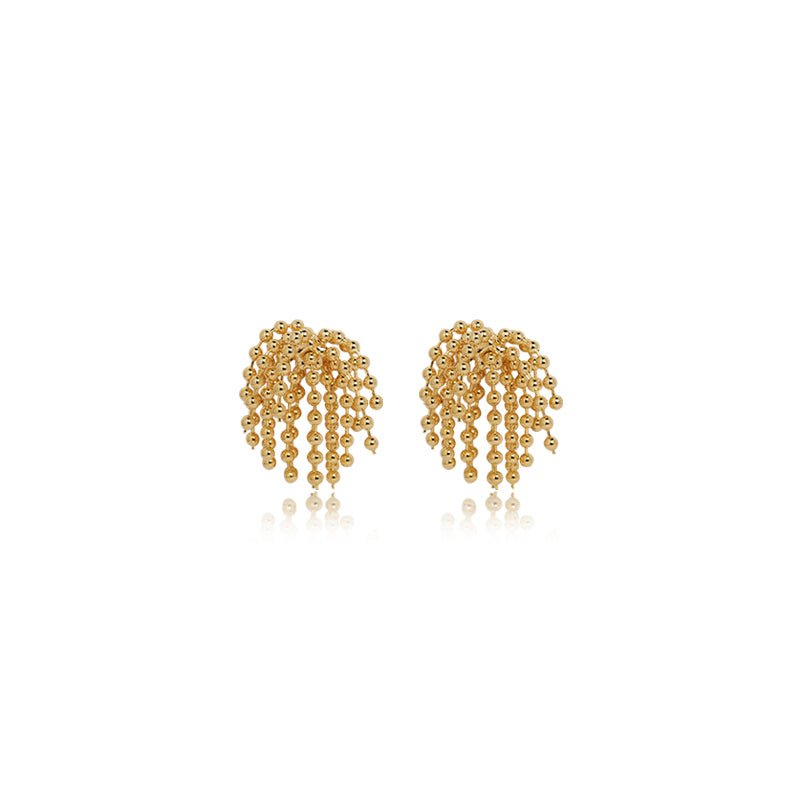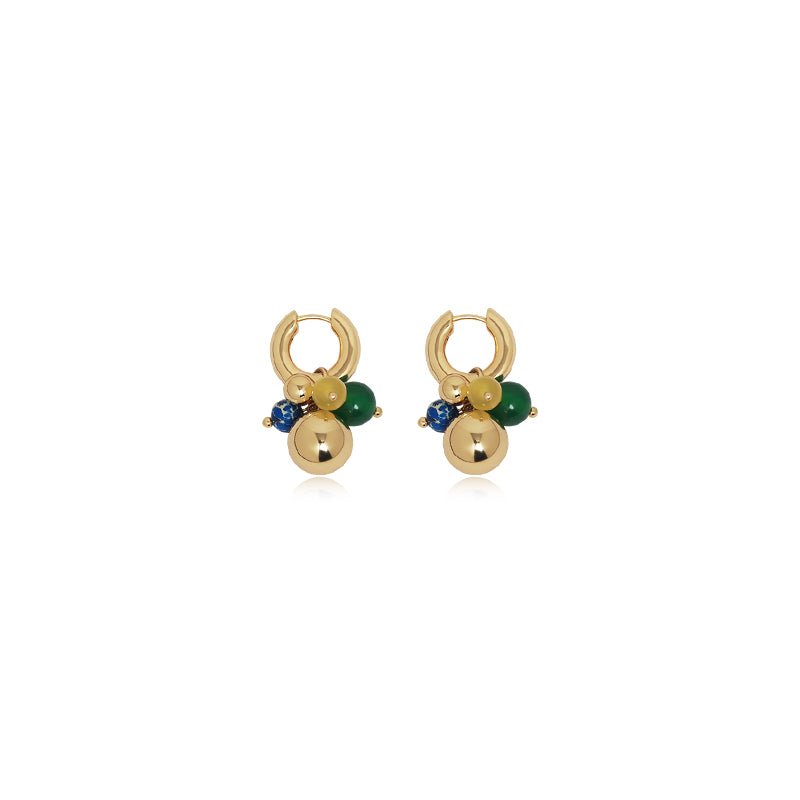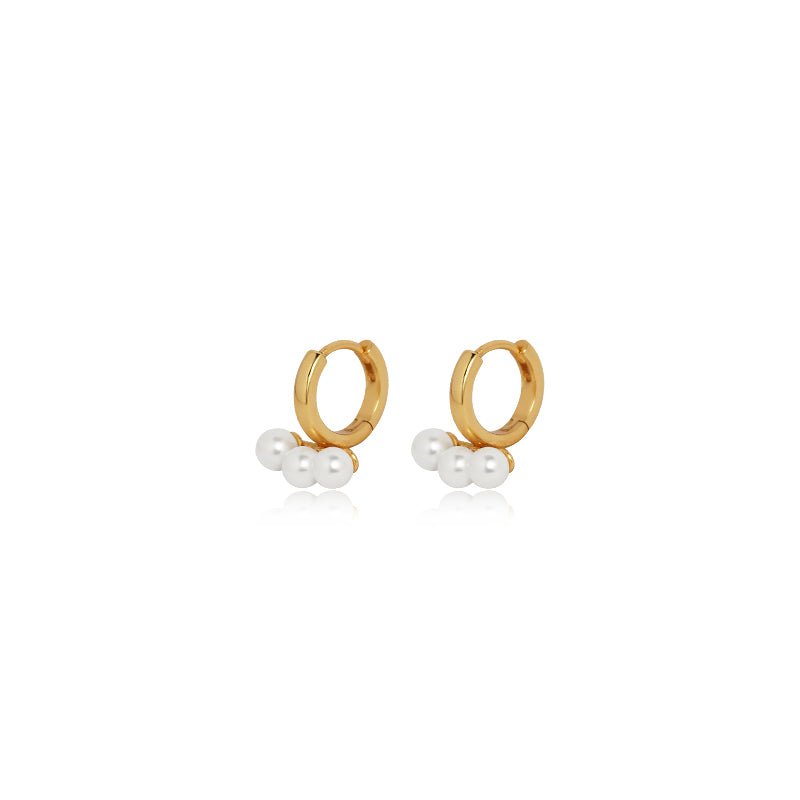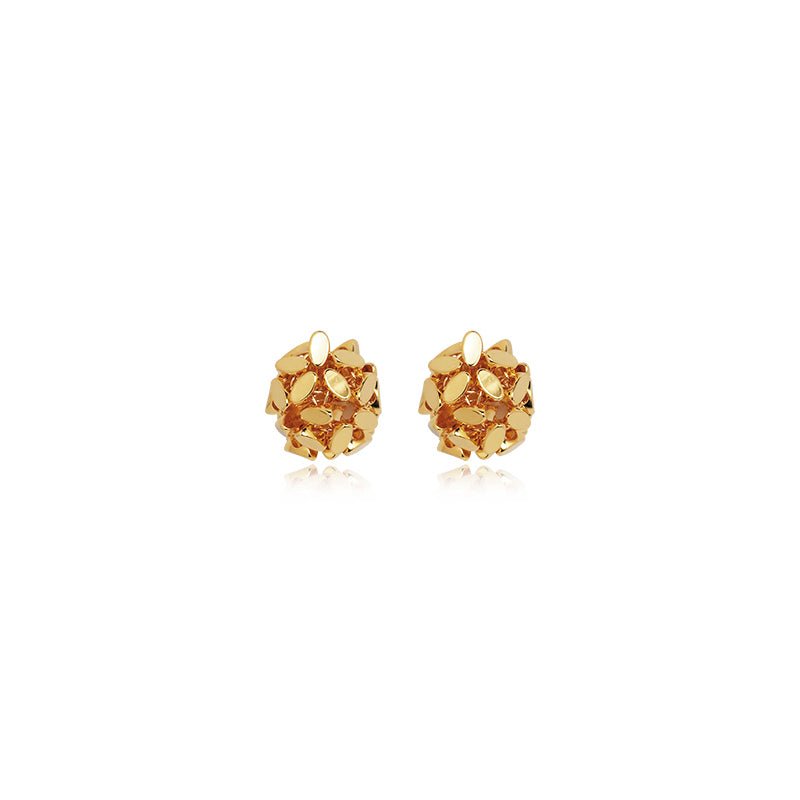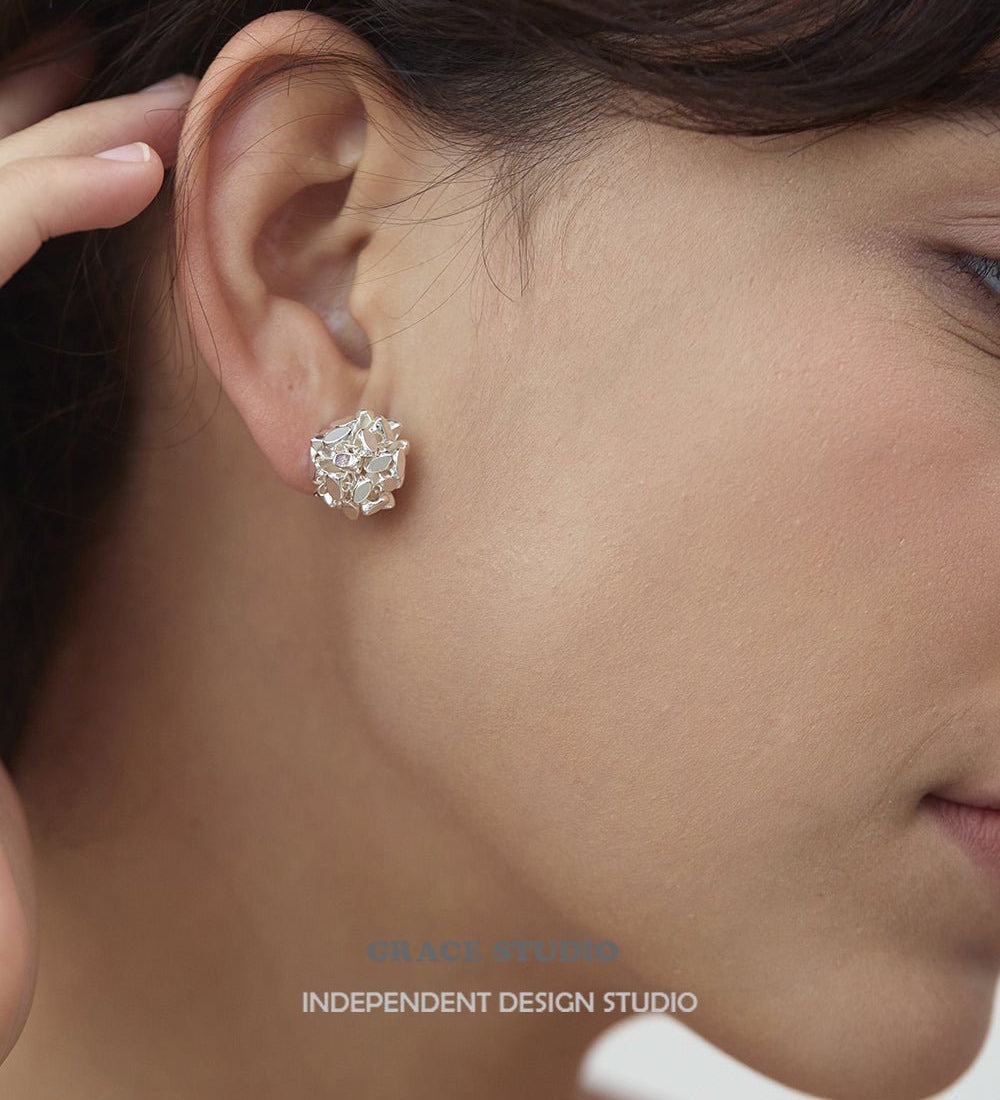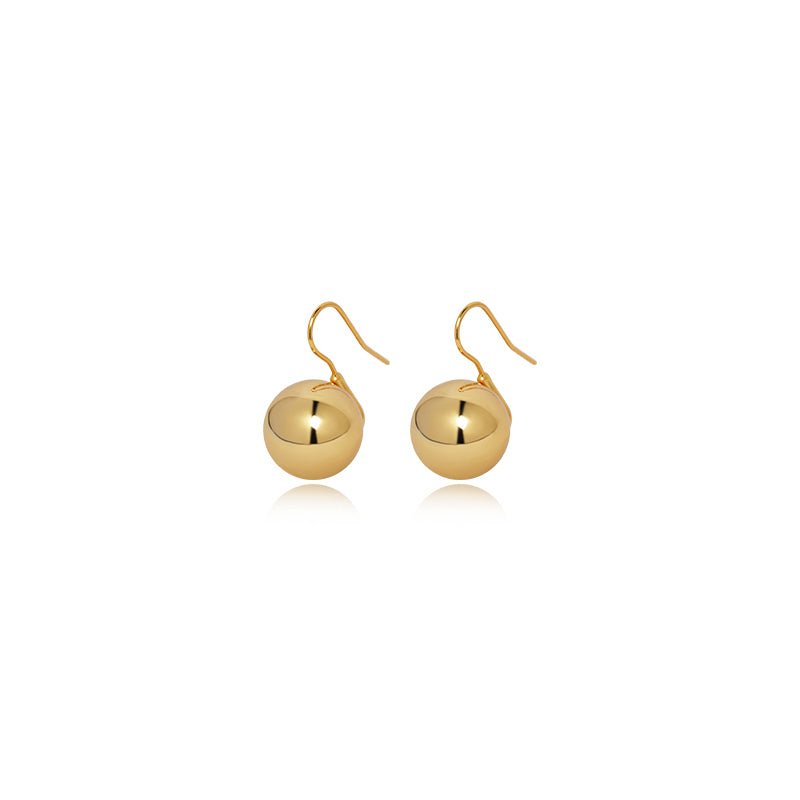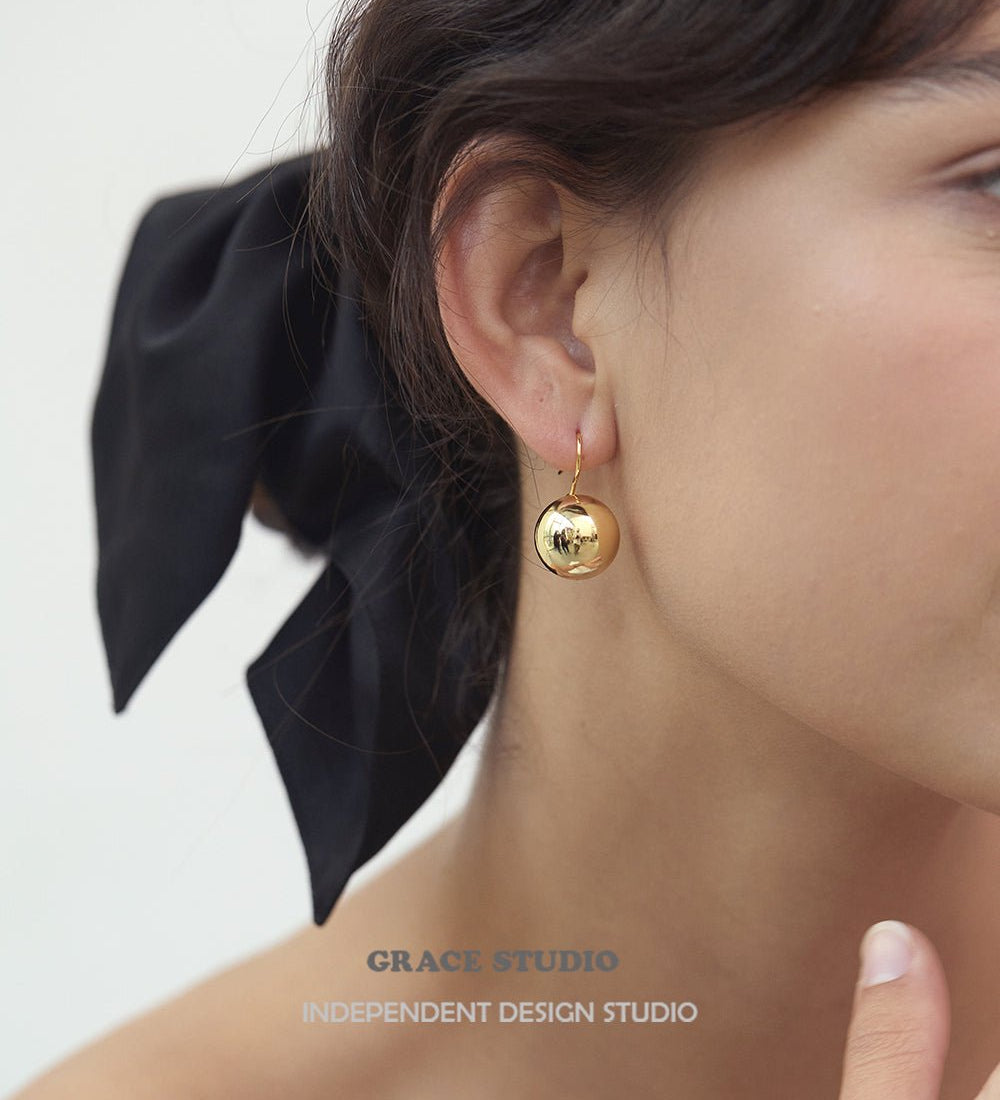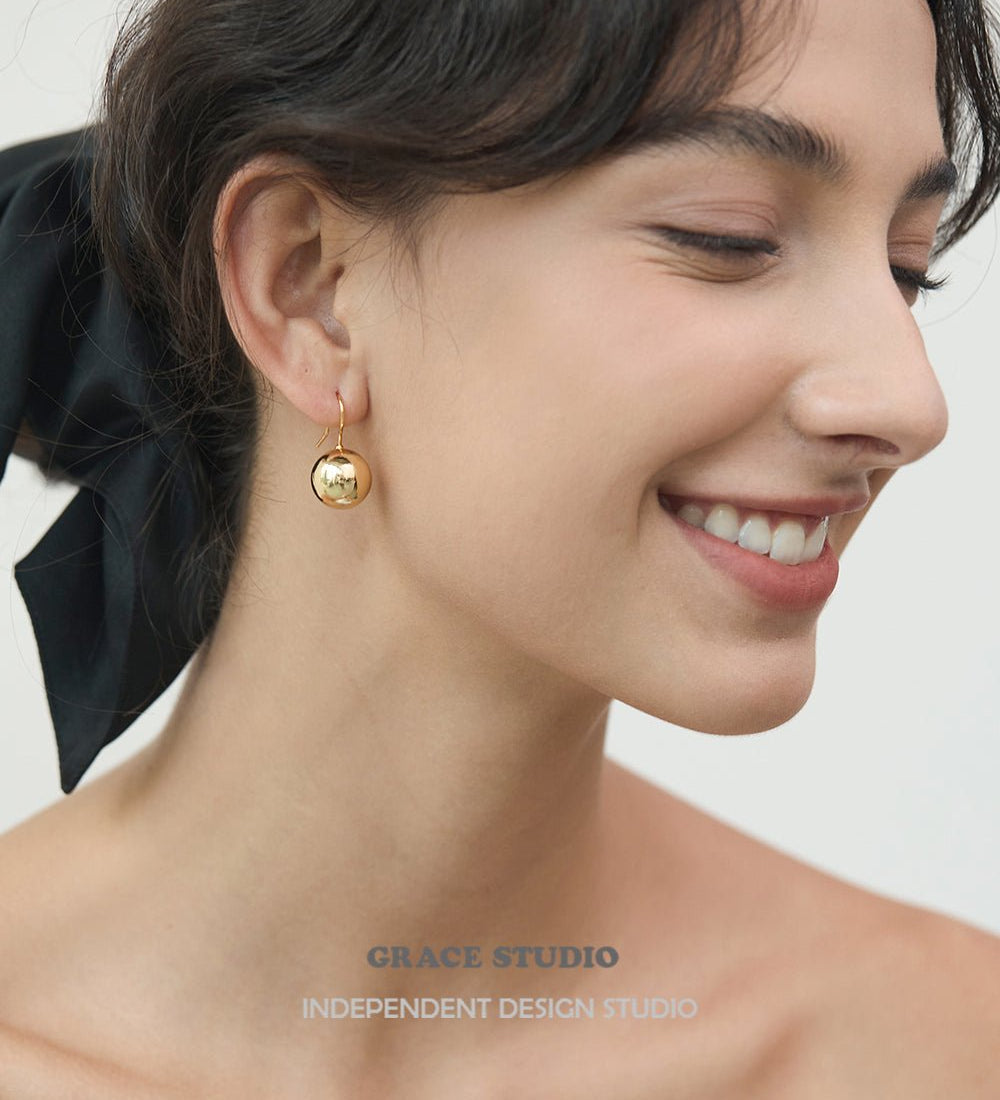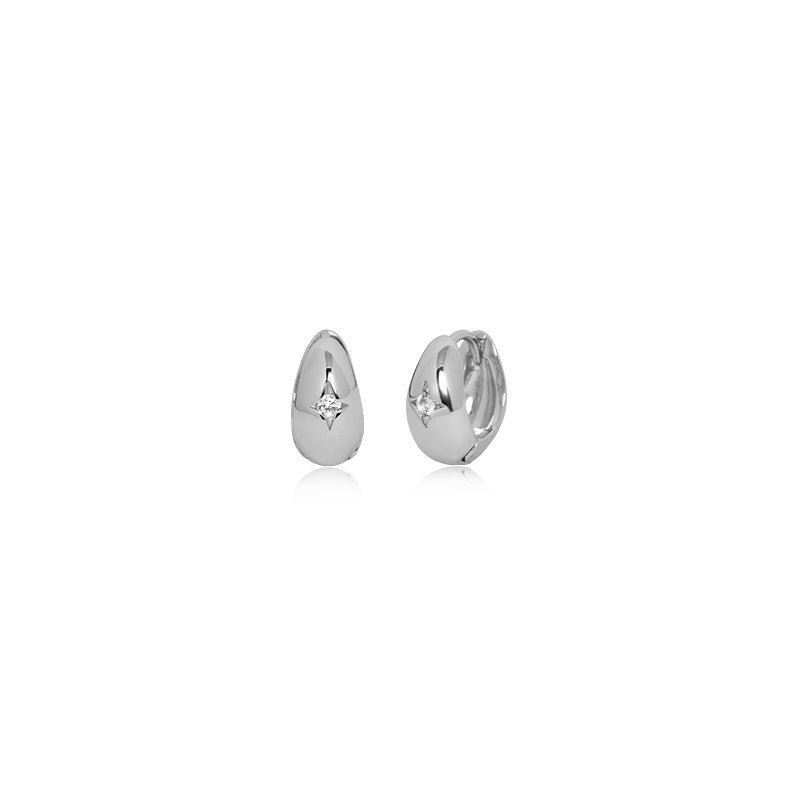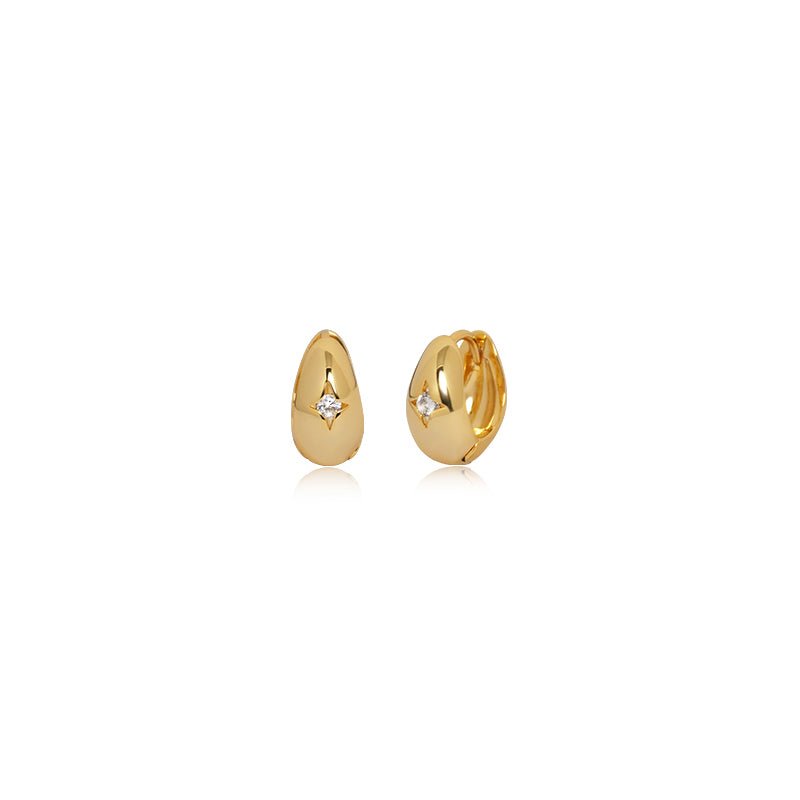How to Store and Organize Jewelry the Right Way: Prevent Tarnish, Tangles, and Damage
Jewelry isn’t just decoration, it’s personal, sentimental, and often valuable. But if not stored properly, your favorite pieces can get scratched, tangled, tarnished, or lost. Poor storage habits lead to dull metal finishes, damaged gemstones, and hours wasted untangling chains. This comprehensive guide explores how to store jewelry correctly for daily use, long-term preservation, and safe travel, providing detailed recommendations based on material type, environment, and lifestyle.
From precious family heirlooms to fashion-forward accessories, all jewelry deserves proper care. Many people underestimate the impact of environmental exposure and friction during storage. Inconsistent habits, like leaving rings on the bathroom sink or necklaces bunched up in drawers, shorten the lifespan and beauty of the pieces we cherish. This guide not only tackles practical storage solutions but also the habits and systems that help keep your jewelry in peak condition for years to come.
What’s the Best Way to Store Jewelry?
There’s no universal solution, but several essential principles apply to almost every collection. Jewelry should be stored in a dry, cool environment with minimal exposure to air, moisture, and direct light. These environmental factors accelerate tarnishing, metal fatigue, and degradation of softer stones.
Proper jewelry storage also involves minimizing contact between items. Stacking or tangling chains, rings, or earrings increases the chance of physical damage, such as scratches, bends, or broken prongs. Using divided storage solutions tailored to the types and materials of jewelry you own significantly reduces this risk.
Is a Jewelry Box Still the Best Option?
Yes, if it’s designed well. A high-quality jewelry box with individual compartments, soft lining, and a secure lid remains one of the best everyday solutions. It keeps your collection organized, protected from dust, and separated to avoid physical damage. Some boxes also come with built-in anti-tarnish linings or spaces for anti-humidity inserts. For larger or more diverse collections, modular jewelry drawers can offer a more flexible, scalable system.
Modern jewelry boxes are available in countless designs and sizes, from compact travel options to full standing armoires. Some include hidden safes or lock-and-key features for added security. Make sure to choose one that fits your storage needs today, with room to grow.
Bags, Boxes, and Storage Materials
The Role of Airtight Containers
Airtight storage plays a key role in slowing the oxidation that causes tarnish. Ziploc bags, small Tupperware containers, and specialized jewelry pouches can create a low-oxygen environment. When used correctly, especially in combination with anti-tarnish strips or silica gel packets, these methods dramatically reduce the rate at which silver and copper react with air.
Each piece should be stored in its own pouch or container to prevent scratching. Always clean and thoroughly dry items before sealing them to avoid trapping in moisture, which can accelerate tarnishing rather than prevent it.
Using Plastic Storage Boxes
Plastic organizers with divided compartments are another useful option, especially for costume jewelry or large collections. Look for organizers with soft-lined compartments or add your own felt pads to minimize direct contact with hard surfaces. Avoid stacking or cramming items together, and never use plastic wrap directly against metal, as it can trap moisture.
Clear plastic boxes are also ideal for visual accessibility, helping you locate pieces quickly while reducing the need for frequent handling, which introduces oils and dirt. For those with a large collection of fashion jewelry, tackle boxes, photo organizers, or adjustable craft drawers offer cost-effective, expandable solutions.
How to Prevent Tarnish
Tarnish is caused when certain metals, particularly silver, copper, and brass, react with sulfur, oxygen, or moisture in the air. Even items labeled “tarnish-resistant” aren’t immune without proper storage and care.
Key Anti-Tarnish Practices
Start with cleaning. Always remove skin oils, lotions, and perfumes before storing jewelry. Use gentle, non-abrasive cleaners recommended for the metal type. Follow up with a microfiber or jewelry cloth to dry and polish each piece.
Use anti-tarnish strips, activated charcoal, or silica gel packets in your storage space to absorb atmospheric moisture. If you’re storing silver, go a step further and use purpose-made silver cloth or bags. These barriers are designed to neutralize the elements that typically cause discoloration.
Avoid storing different metals together, as this can lead to faster oxidation and potential chemical reactions. Gold and silver, for instance, should never be stored in direct contact. The same goes for mixing gemstones like pearls with harder minerals like diamonds, which can scratch their softer counterparts.
Ideal Storage Environments
Avoid placing jewelry in humid spaces like bathrooms or laundry rooms. Store your collection in a temperature-controlled, dry space, preferably with limited UV exposure, which can fade certain gemstones and finishes. If space is tight, consider installing small dehumidifiers or humidity monitors in closets or dressers where jewelry is kept.
Drawer Storage Solutions
Jewelry drawers, if properly arranged, can be an elegant and space-efficient solution. Use drawer inserts made from velvet or felt to divide sections for different types of pieces. Custom trays or stacking units allow you to expand the space as your collection grows.
Lining each drawer with anti-tarnish fabric and using spacers to separate pieces prevents physical damage and reduces air exposure. Add a small dish for daily-use items like wedding bands or studs, keeping them accessible while protected.
Pull-out drawer systems are ideal for large wardrobes or dressing rooms, especially if paired with LED lighting to increase visibility. Consider drawer organizers that let you lay out full sets, necklace, bracelet, earrings, ring, in one glance.
Long-Term Storage Considerations
Jewelry that won’t be worn for extended periods requires special handling to avoid long-term damage. For seasonal pieces, heirlooms, or investment jewelry, a long-term strategy is essential.
Preparing Jewelry for Long-Term Storage
First, clean each piece thoroughly. Use the appropriate cleaner based on the type of metal and gemstone. Avoid soaking porous stones like opals, emeralds, and pearls. Once clean, dry each piece with a soft, lint-free cloth and allow it to air-dry completely for several hours.
Wrap each item individually in acid-free tissue paper or anti-tarnish cloth. Place it inside a secure pouch or lined box. Do not store jewelry in cardboard boxes or with regular tissue paper, as these can be acidic and contribute to corrosion.
Use airtight containers or a home safe for added protection, particularly for high-value or sentimental items. Label each container with an inventory list and photo documentation to avoid unnecessary handling.
Creating a Jewelry Storage Inventory
Maintaining an organized and documented inventory is a useful practice, especially for large or valuable collections. Not only does it help you track and locate pieces, but it’s also essential for insurance purposes.
Create a spreadsheet that includes item descriptions, purchase details, appraisals, and photos. Store digital copies in cloud storage and physical copies in a separate, safe location. Update the inventory whenever you acquire, sell, or gift jewelry.
Include columns for:
-
Item name and type
-
Metal and gemstone details
-
Purchase date and cost
-
Insurance value or appraisal
-
Current condition
-
Storage location
This additional step may seem tedious, but it greatly reduces stress in case of loss, theft, or the need for a quick valuation.
Storing Jewelry While Traveling
Traveling poses its own set of challenges when it comes to jewelry. Items are more likely to be damaged, lost, or tangled during transit, and travelers need to be strategic with what they bring and how they store it.
Planning Ahead
Before packing, plan your outfits and select a small number of versatile pieces that coordinate well together. Stick to jewelry that isn’t overly fragile or difficult to replace. Avoid bringing pieces with high sentimental or financial value unless absolutely necessary.
Clean all jewelry before the trip. Wipe it down with a cloth to remove oils and dirt that might degrade it in transit. Separate each piece into its own bag or compartment to prevent scratches and knots.
Smart Travel Storage Options
Travel-specific jewelry cases are worth the investment. Look for ones with built-in compartments, soft lining, secure zippers, and pouches for each type of jewelry. If you're traveling light, small zip-top bags or pill organizers are compact and effective for keeping items separated.
Thread necklaces through drinking straws and clasp them to prevent tangling. For earrings, especially studs, secure them through buttons or foam pads to keep pairs together. Always carry your jewelry in your personal item or carry-on, never pack it in checked luggage.
How to Store Jewelry Without a Jewelry Box
If you don’t have a traditional jewelry box, plenty of alternative and DIY options work just as well, and in some cases, better for specific storage needs.
DIY and Repurposed Solutions
-
Ice cube trays: Ideal for small rings and earrings. Each cube acts as a divider.
-
Muffin tins: Use cupcake liners to separate items in each compartment.
-
Pill organizers: Great for travel or small sets of earrings.
-
Hanging organizers: Available in clear plastic or fabric designs with multiple pockets, ideal for seeing your entire collection at a glance.
-
Shadow boxes or cork boards: Add hooks or pins to hang necklaces, bracelets, and dangling earrings. These double as decorative displays.
These options are not only affordable but also allow for flexible, personalized storage systems. Add anti-tarnish strips or felt lining to protect your jewelry even in these DIY setups.
Safeguarding High-Value Jewelry at Home
Expensive or sentimental jewelry should be treated with special care. This includes heirlooms, engagement rings, antique pieces, and high-carat gold or platinum jewelry.
Use a Safe
A fireproof, waterproof home safe is the gold standard for storing high-value items. Choose a model that bolts to the floor or wall for added security. Look for safes with interior padding, drawers, or trays that allow for safe separation of items. Avoid safes with metal-on-metal contact that could scratch or tarnish pieces.
Insurance and Documentation
Insure high-value items with a dedicated jewelry insurance policy or a rider on your homeowners insurance. Keep a copy of appraisals, receipts, and photographs in a secure digital location. For irreplaceable items, consider photographing yourself wearing them to support authenticity and ownership.
Regularly check on the condition of stored pieces, especially if they’re worn infrequently. Metals can still tarnish and clasps can degrade over time, even in safes.
Jewelry Storage by Material Type
Different types of metals and stones have unique care requirements. Understanding these can help you store your collection safely and avoid common issues.
Gold
Gold is relatively low maintenance but soft. Store gold items in individual cloth bags or padded compartments to avoid scratches. High-karat gold (18K and up) is more prone to dents and bends than 14K.
Silver
Silver tarnishes easily, so it requires an airtight environment. Store silver jewelry in anti-tarnish bags or cloths, and keep it away from rubber, newspaper, and latex, all of which accelerate tarnish.
Platinum
Platinum is more durable than gold or silver and resists tarnish well. However, it can still be scratched and should be stored with care, ideally in padded compartments.
Costume Jewelry
Fashion jewelry often uses base metals, glues, and synthetic stones. These pieces are especially prone to discoloration and breakage. Avoid exposure to humidity, perfumes, and prolonged sunlight. Store costume jewelry separately, and clean it gently with a soft cloth only.
Gemstones
Hard stones like diamonds, sapphires, and rubies can scratch softer stones. Pearls, opals, and turquoise are more fragile and should be kept in soft cloth away from direct light and chemicals. Don’t store pearls in plastic, which can emit gases that degrade their surface.
Final Thoughts
Jewelry storage isn’t just about preventing clutter, it’s a commitment to preserving beauty, meaning, and value. With thoughtful systems, smart products, and consistent habits, you can protect your favorite pieces from tarnish, scratches, and decay.
Take time to evaluate your current setup. Are your most worn pieces easy to access? Are delicate or valuable items stored securely? Whether you're building a system from scratch or refining an existing one, the investment pays off every time you reach for something that looks and feels brand new.
Proper jewelry storage extends the life of your collection and lets you enjoy it without hassle or worry. Whether it's a gold locket from your grandmother, a sleek silver cuff, or your daily pair of studs, every piece deserves care. With the strategies in this guide, you’ll ensure that your jewelry stays as brilliant as your reasons for wearing it.

